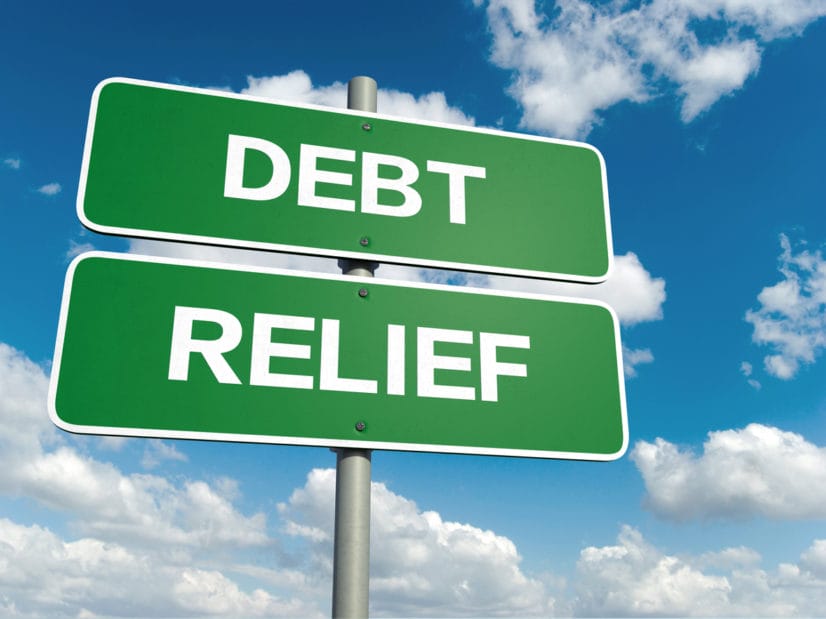
In previous posts, we advised you to go to freeannualcreditreport.com and get at least one of your reports from one of the three major reporting bureaus.
Now that you have the credit report in hand, it’s time to chase down any fraudulent accounts identity thieves might have set up, or extra transactions they racked up on accounts you already had. It’s going to be quite the journey. You might feel a little like you’re staring at travel documents written in another language. Take it one step at a time.
Step 1 – Check ID
The journey of a thousand miles might start with one step, but these days, you need ID to even get that far. The first thing your credit report will contain is your identifying personal information, including any names by which you’re known, date of birth, social security number, employment history, phone number, and addresses. Spousal information may also be included.
Start by looking for fraudulent information in this section – identity thieves will often use an alias or different address to apply for credit so the bills won’t come to you (and thus tip you off to what they’re doing).
Step 2 – Tour the Accounts
The accounts section is the most critical for identity theft victims. No matter how the reporting bureau lists these (each bureau has its own methods), take a slow tour through each item.
The report will have (at least) the account holder’s name and contact information, an account number (often a reference one), the type and status of the account, payment history, credit limit, and the dates it was open.
Compare each entry with your own records. You should recognize the account holder and the history (e.g., whether payments have been on time every month). There should be a one-to-one ratio of your accounts to those listed. If a payee you have one account with has more than one listing in your credit report, find out why. Did you open a second account, or did someone hijack your name?
Step 3 – Investigate Inquiries
Sometimes in the land of credit, we find tourists. Who’s been looking at your credit report? It’s easy to overlook the inquiries section because credit scores are rarely affected. But pay attention if you have any reason to suspect identity theft. If you see strangers hanging around in this section, it’s best to watch your wallet. Call any unknown creditors that have made an inquiry and ask them not to open any accounts in your name since you’ve been a victim of identity theft. Also, have them check that no account was recently opened– it’s possible that only the inquiry is showing on your report now, and the account would show up later.
When it comes to tracking identity theft, your credit report is an essential companion. It will point you to new accounts opened in your name, to false information being used (like aliases), and even to potential new accounts not yet in force. It might not be the most pleasant of journeys, but at least you have a guide!
Pssst… Need more help reading your credit report? CreditCards.com has an in-depth article with examples: http://www.creditcards.com/credit-card-news/help/interactive-sample-credit-report-6000.php. Consumer Credit Counseling is another great resource: http://www.cccsoc.org/pages/credit_guide/credit_guide_05.phtml







